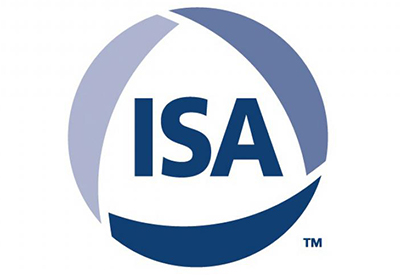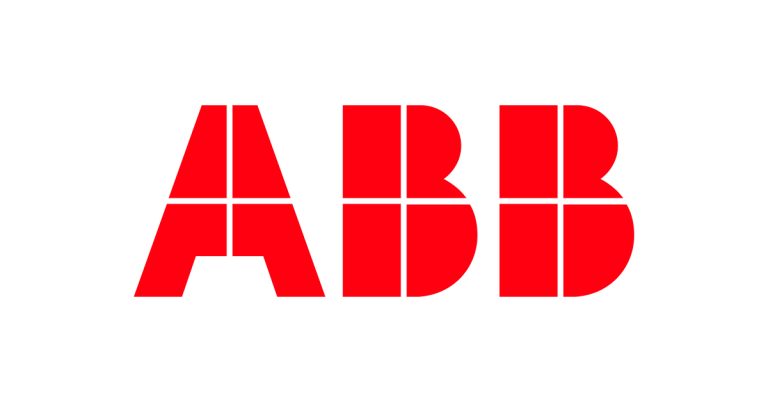The Problem with Year-over-Year Growth Compensation for Distributors

Mar 27, 2018
By Frank Hurtte
Viewed from outer space the Earth looks smoother than a billiard ball. What’s more according to the experts at Discovery Magazine, the looks are not deceiving. Lumps on billiard balls (diameter 2.25 inches) can be no more than 0.005 inches in height. Applying this theory to our little outpost in the universe, the maximum “bump” cannot exceed 17 miles in size. With Mount Everest at 5.5 miles high and the Marianas Trench (the deepest spot in the ocean) at nearly 7 miles deep, Earth is actually twice as smooth as that slick black 8-ball we sometimes shoot for the corner pocket.
What has this to do with year-over-year growth plans? Plenty. Allow me to explain.
Everyone likes strong dynamic growth. Setting and achieving aggressive goals is a thing of beauty. Applying this philosophy, manufacturers sometimes decide to build incentives into their channel plans. Here’s how it generally works. It’s a pay for performance thing. Grow your business by 20% and you receive enhanced gross margin, an end of year rebate or some combination of the two.
On paper the whole thing makes sense. The supplier has done a great deal of market research, product deployment and plans to grow the business by this number, so why not simply push the goal down to their channel. This is where the breakdown occurs.
Remember our comment about the earth being smoother than a billiard ball? From a macro standpoint the statement is true, but try to explain this to the guy standing at the foot of Mount Everest. From that local vantage point, it doesn’t make sense.
Returning to the topic of channel growth and motivation, the supplier has developed a plan designed to move the channel forward, encourage investment (in inventory, people, training demos), drive aggressive activities, and perhaps even displace a competitor who shares shelf space at the distributor. When facing this type of situation, the best distributors respond and in the early stages the program works. They are rewarded and further increase their efforts. Everyone wins. Eventually, however, the time plan breaks down. Let’s look at a few reasons why this happens.
Market share increases
As market share increases, gaining new growth becomes increasingly difficult. The distributor has targeted and attacked all of their existing accounts. New applications are found, competitive products are converted, and the cost of acquiring more business becomes increasingly expensive. In the best of cases, the manufacturer and the distributor work together to find and open new customers. This involves lead programs, additional prospecting, new levels of missionary work and lots of expensive stuff for both the manufacturer/supplier and distributor. New customers are found. New gains are made, but ultimately the territory microcosm has a breakdown.
Large customers hit a dry spell
For some distributor territories the world revolves around a single super user or very large OEM. For instance, most people in the U.S. Midwest have heard the stories of how the entire Peoria, Illinois market follows the shirttails of Caterpillar. When heavy equipment sales slip into a global slump, sales of everything drop off significantly in the market. No matter how hot the automotive business is, regardless of the shape of the Semi-con industry and in spite of good times in the food processing world, growth in Peoria falls somewhere between super-tough and impossible.
Similarly, for some distributors OEM sales are the brass ring at the end of the rainbow. These accounts use mass quantities of specific product groups, and their usage of that subset of the distributor’s business often eclipses the purchases of the next four or five customers on the list. However, OEM business can be cyclical, and during the down it becomes exceedingly difficult to maintain the growth rates for products used in large quantities by that OEM. Replacing the loss business is like explaining to the guy at the bottom of the Marianas Trench the Earth is smoother than a billiard ball. It just doesn’t look that way from his deep perspective.
The local economy fails of your product
Never mind recessions or even the Great Recession. Sometimes the local economy fails for your product. Here are a couple of examples. Houston was hit with a massive hurricane last year. The flooding and water damage, while good for the construction industry, put a halt to the sale of lawn irrigation products. The dry spell created by the very wet spell lasted 3-6 months. Distributors selling those products struggled to keep their sales flat for the year, much less drive growth.
Sticking with the tales of Mother Nature, allow me to talk about the Twin Cities of Minnesota during the summer of 2016. The weather only approached 80°F twice during the entire summer. It was great for outdoor activities, but anyone in the heating and air conditioner business will tell the same story. Sales of air conditioners went swirling down the drain. Any distributor tied to growth that year failed in a big way.
These downturns are good times to maintain selling pressure. In my experience, distributor growth programs that break down during these times of localized turmoil actually work against the manufacturer. Having ramped up efforts funded with the extra margin, distributors find themselves challenged during the down times. Profitability can be deeply impacted.
To the manufacturer, who definitely sees the impact of major recessions, the local issues look like the Earth from the rear view mirror of Elon Musk’s late model used car in outer space: as smooth as a billiard ball, profits intact. According to unbiased benchmarking provided by a number of distributor associations, the profit margin (not gross margin) for the typical distributor stands somewhere between 2-3%. Because profits are closely tied to gross margin, a drop of just a few points in gross margin (and other incentives) moves the distributor into shaky ground profit-wise. Struggling to keep profits flowing, distributor either divest themselves of people (70% of the distributor budget) or refocus sales efforts onto higher gross margin lines.
These localized downturns are precisely the right time to take the opposite approach and ramp up sales activities. Why? The distributor has unused resources and, based on gross margin, advantages will continue to push out into the uncharted territory of new customers and new applications. This effort pushes market share. When things change on the local scene, business will ramp to new and greater heights.
If not growth based programs, what?
Like my thoughts on commission as a model for sales compensation, the only thing good about them is they are easy to manage. Again mirroring commission, growth based plans outwardly appear to tie the needs of both parties together; manufacturers need growth and distributors need enhanced profitability. The similarities continue. A mediocre seller in an expanding market receives a fatter commission check regardless of his skills, drive or activities. Conversely, a highly skilled and motivated guy in the wrong territory receives a skinny commission report. Understanding the entire situation requires extra management attention and thus commissions continue.
Each of these quick suggestions involve more effort and expert subjectivity than a vanilla growth plan. However, I believe they will push behaviour, open the door for communications, and enhance the manufacturer’s overall position. We will call them action-based programs:
1. Creating and reporting on targeted customers and opportunities. Companies working together to tag team specific customers drive results. These require follow-up and effort on both sides, but research indicates organizations who target are 47% more effective in reaching their goals.
2. Providing detailed reports of sales calls and other activities at selected accounts. Not only does this help put a metric on the work done on the manufacturer’s behalf, it allows the local sales team to proactively assist in account conversation and in providing the right backup support.
3. Moving competitive products to non-stock status. I am not fond of manufacturers using their clout to “carte blanche” forbid distributors from selling competitive products. There are times when having a competitive line keeps the doors open for future conversions. I might be on shaky ground when I say this, but I believe transparency might be important so both manufacturer and distributor understand the situation.
4. Providing timely and meaningful follow-up reports on leads provided. Leads are important to distributors and expensive for manufacturers. Most don’t realize the real cost of a lead, which often reaches the $150 level. When they turn into business, everyone wins. Over the years, however, many folks have missed the opportunity by not getting the leads into the right hands and not following up with the prospective customer fast enough. Distributors need to provide feedback as to the quality so the manufacturer can measure the payback of their process for generating leads.
5. Number of accounts for the manufacturer’s product. Growing the user base is important. Each time the distributor sells a supplier’s product to a new customer, they are creating an annuity for the future. In this metric, it’s not about dollars sold but number of customers buying. Grow the customer list and eventually the dollars will flow.
The list provided above is in no way a complete list. Think of it as a starter point. Much depends on the product, market served and other points tied to the relationship. No matter how you slice and dice things, in my mind, growth-based programs need to be revisited.
As always, I am open to questions, discussion and occasionally good old fashioned disagreement. Drop me a line with your thoughts.
Frank Hurtte is the Founding Partner of River Heights Consulting. The Distributor Channel is a service of River Heights Consulting. Find out more: www.RiverHeightsConsulting.com.










